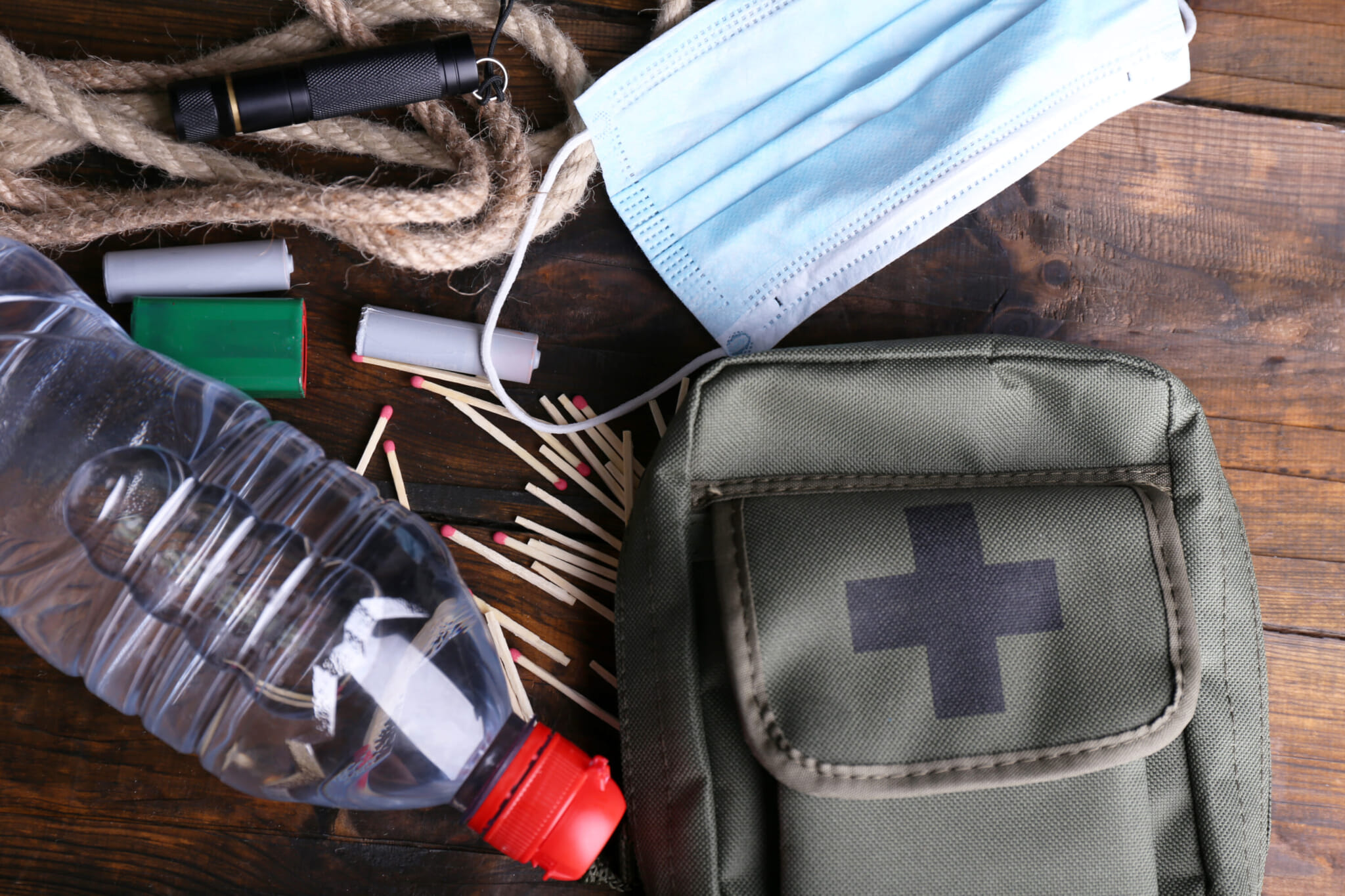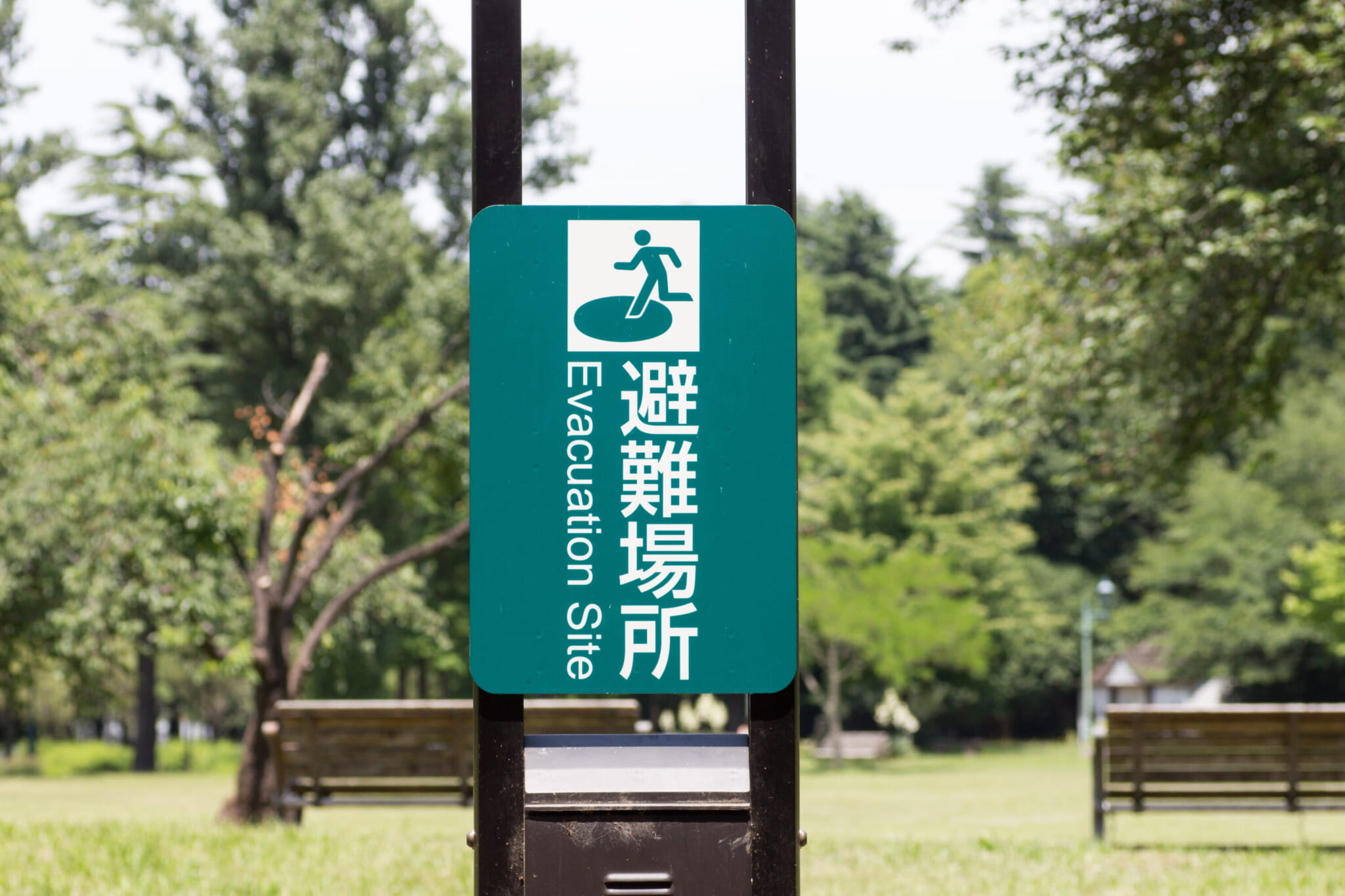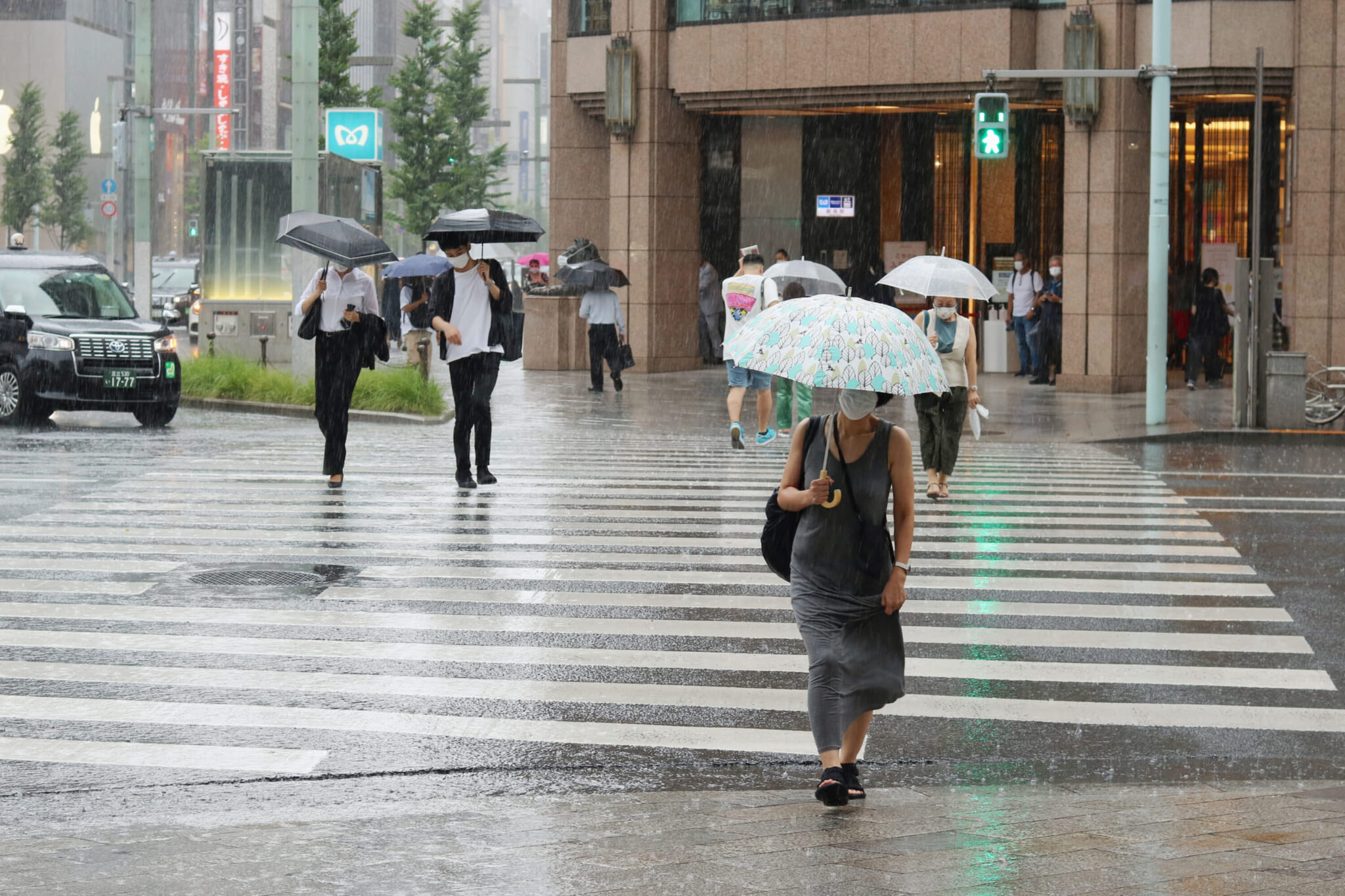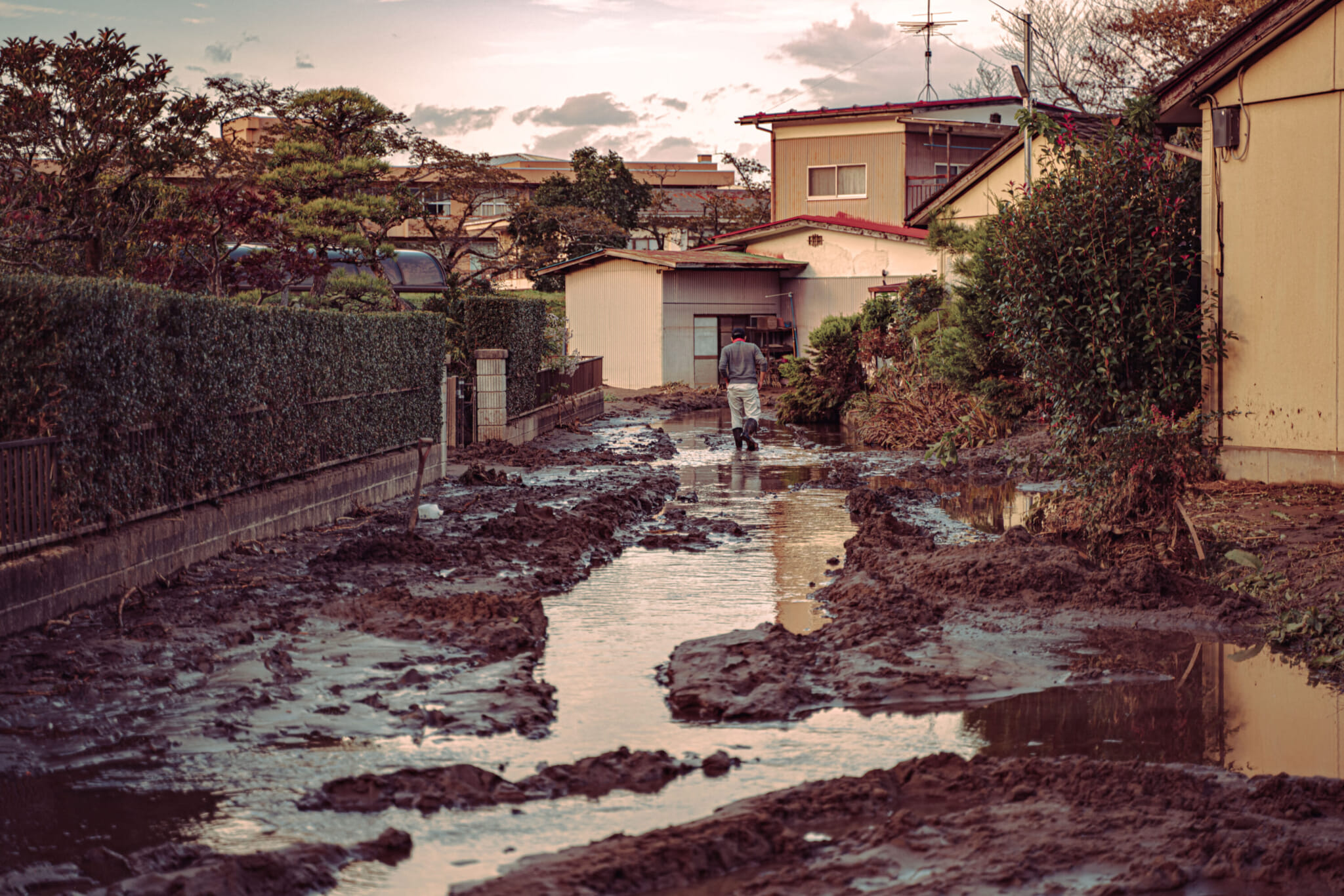Already a week into the rainy month of June, we are officially in typhoon season here in Japan. Typhoons in Japan generally hit peak season in the late summer months of August and September, but they can be active as early as May. On average, three typhoons hit the Japanese mainland per year, particularly in the Kyushu and Shikoku areas. So even if there aren’t any typhoons on your radar right now, it’s never a bad idea to know what to do when one of Japan’s infamous tropical cyclones is en route.
To help you be and feel ready for typhoon season this year, we’ve compiled a list of dos and don’ts for you to follow before, during and after your next typhoon.

What to Do Before a Typhoon
DO prepare an emergency kit, complete with flashlights, water, nonperishable food, radio, first-aid kit and personal hygiene items. If you have pets, prepare kits for them too, including extra food, leashes and any necessary medication.
DO think of a contingency plan. Study up on evacuation routes and procedures from your home, school, office or anywhere you frequent. Print maps and keep them in a secure place, since cell phone service will be untrustworthy. Keep important contact information somewhere other than your phone.
DO charge your phone and portable chargers.
DO fill up your bathtub with water. In the case of a power outage, you can use the water to flush the toilet.
DO bring in anything you have outside, like outdoor plants or furniture. Make sure any large items you can’t bring inside are secured.
DO close windows, shutters and ventilation vents completely.
DON’T ignore typhoon warnings, especially if you live in flood-prone areas. Take precautions by preparing a plan of action and prepping your emergency kit.
DON’T trust rumors. Always get your information from trusted sources, such as the Japan Meteorological Agency.
DON’T sleep by the window if you know a typhoon is coming.
DON’T rely entirely on online banking. Keep some cash on you. If electricity is down and you can’t use credit cards or online payment, having some cash will come in handy.

What to Do During a Typhoon
DO stay indoors. Avoid glass windows.
DO evacuate if necessary. If you are in a flood-prone area, pay particularly close attention to what officials are saying during the storm. Don’t forget your emergency kit as you leave.
DO check in on loved ones if possible.
DO stay away from power lines, especially near water. Avoid flood waters in general.
DON’T stay on the first floor if you are unable to evacuate. Try to gain elevation, like going to a higher floor if possible.
DON’T waste your cell phone battery. Limit your phone usage to emergencies.
DON’T leave your pet behind if you are evacuating. Bring your pet emergency kit with you.

What to Do After a Typhoon
DO wait for an all-clear. You can monitor typhoon statuses on the radio and TV.
DO check to see if there is any damage. And make sure your loved ones and pets are fine.
DO restock your emergency kit if you used it, before you forget.
DON’T try to salvage any water-damaged electronics, or plug them into a socket.
DON’T get disheartened. After a major typhoon, communities grow stronger to help each other. Reach out to your neighbors for help. Also see what you can do for others during the recovery process.
***
If this is your first typhoon season in Japan, don’t fret. Although it’s always best to be prepared for the worst, Japanese infrastructure is equipped to withstand powerful typhoons. Officials are quick to figure out the best plan of action. As long as you pay attention, you’ll be all set to face Japan’s tropical maladies, allowing you to enjoy the summer — worry-free.
Related Posts
- Typhoon Nanmadol Causes Further Anxiety About Climate Change
- New Kit Kat Flavor Supports Typhoon Relief
- From Typhoons to Covid: The Hoki Museum’s Story of Survival
Updated On April 26, 2024







